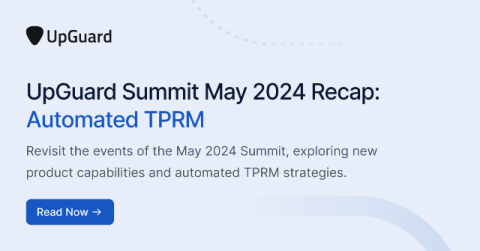Implementing CIS Controls in Small and Medium Enterprises
Cybersecurity is a critical concern for organizations of all sizes. Implementing robust security measures is a best practice and essential to protect against increasingly sophisticated cyber threats. However, the challenge is often more significant for small and medium enterprises (SMEs) due to limited resources, lack of security expertise, and other common obstacles.











